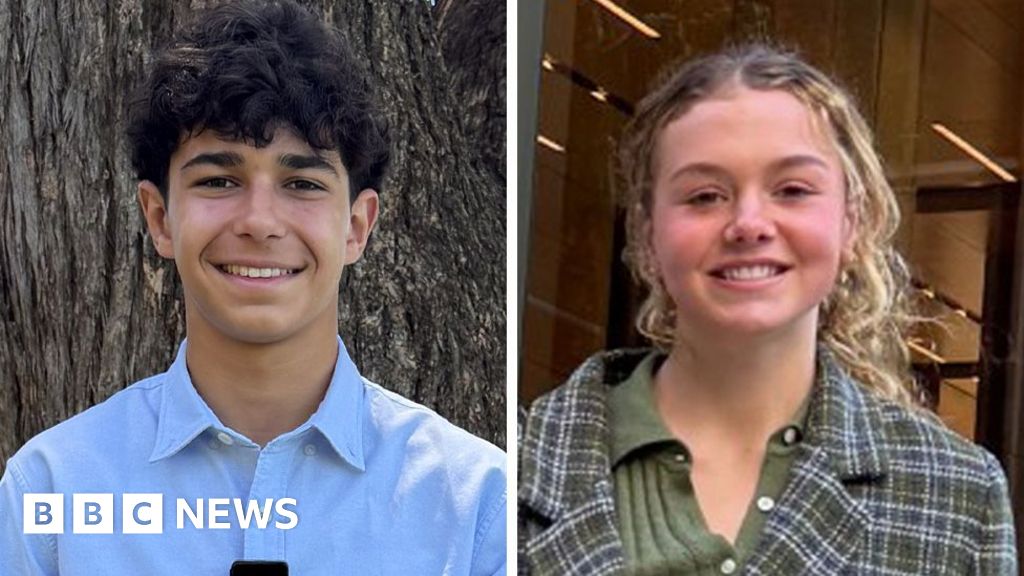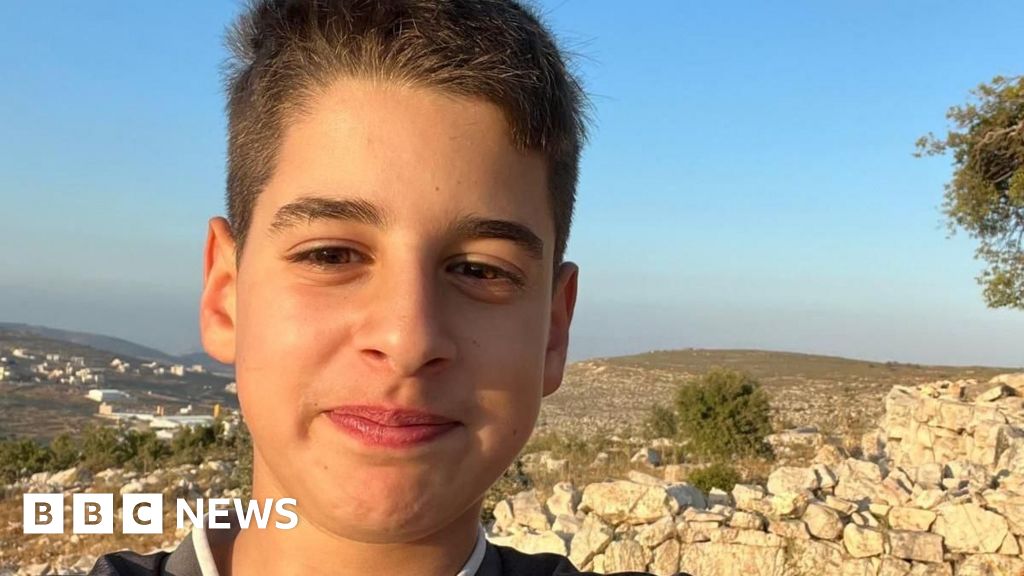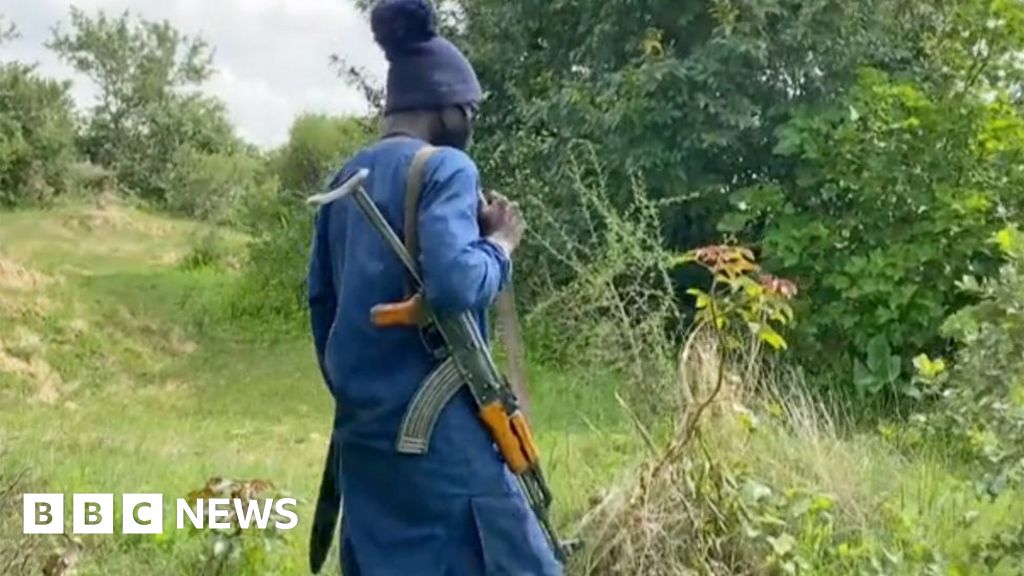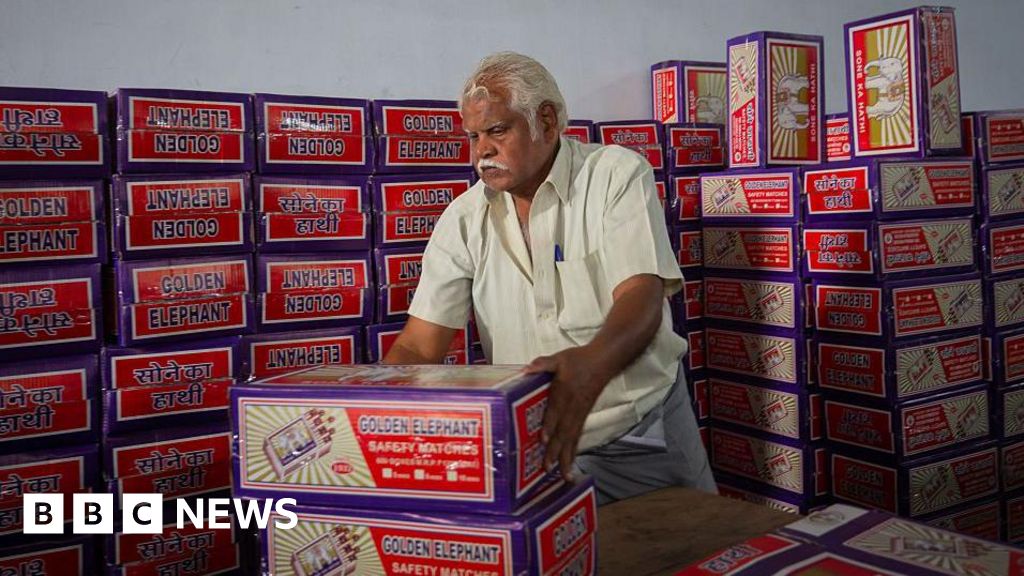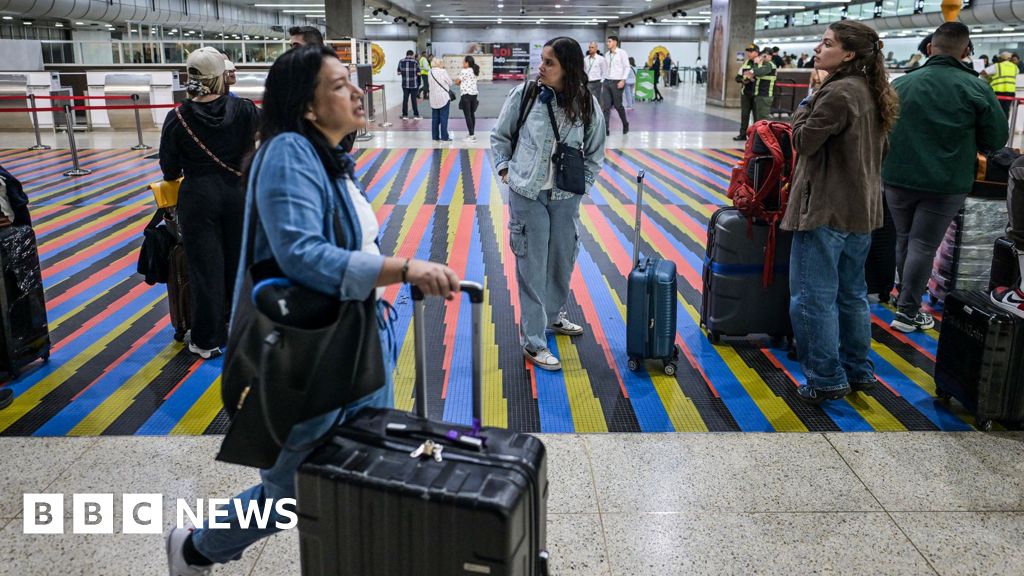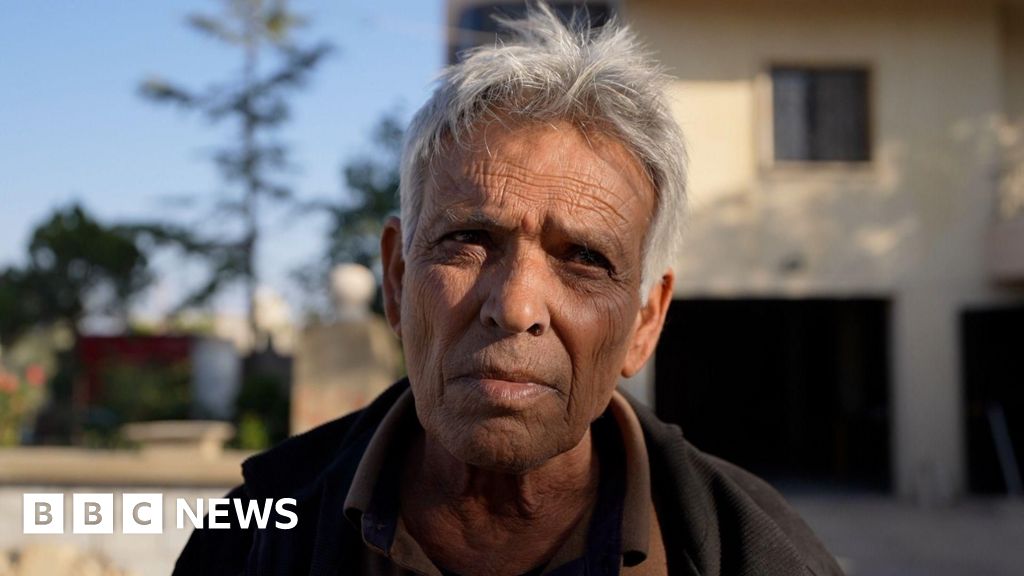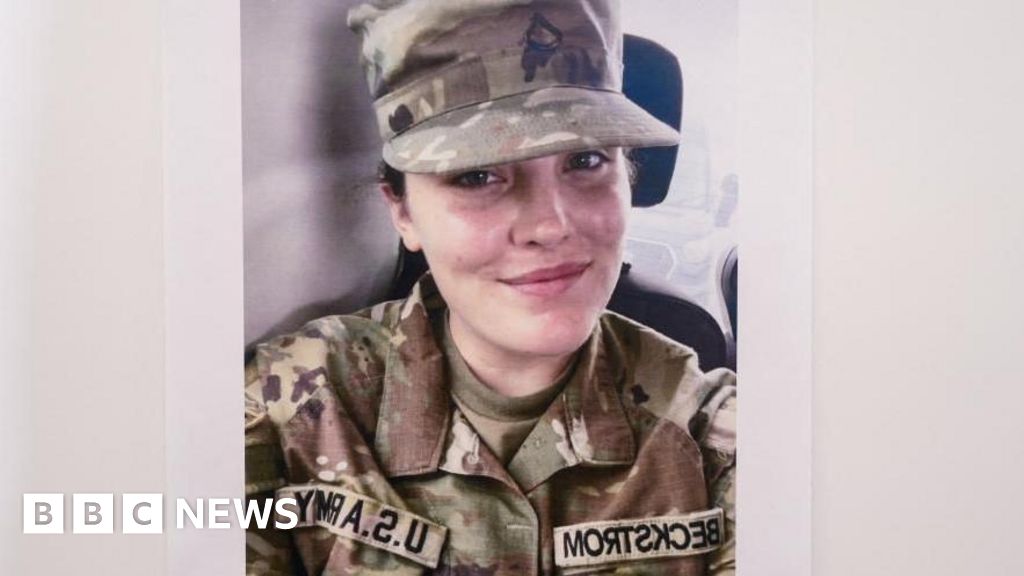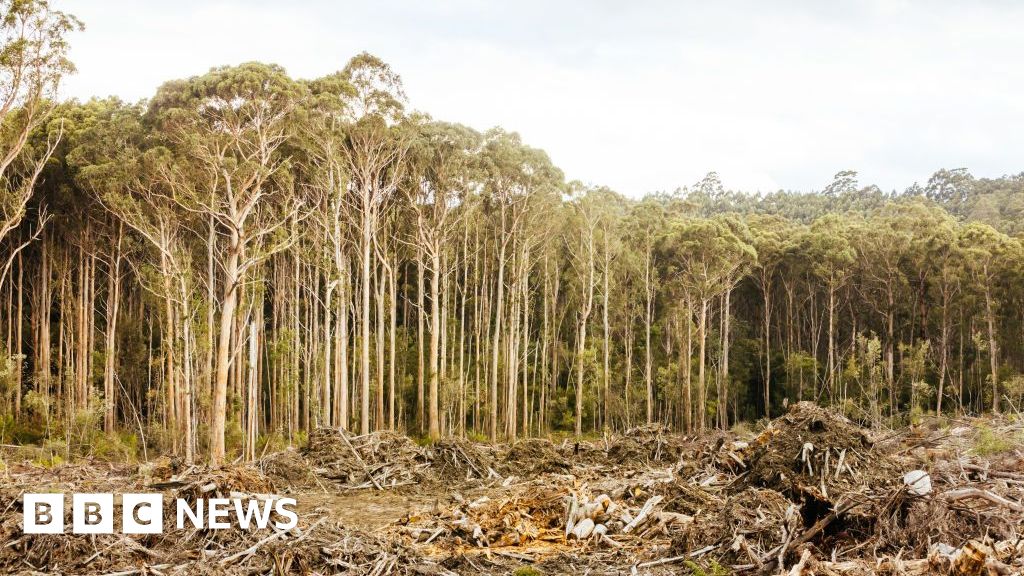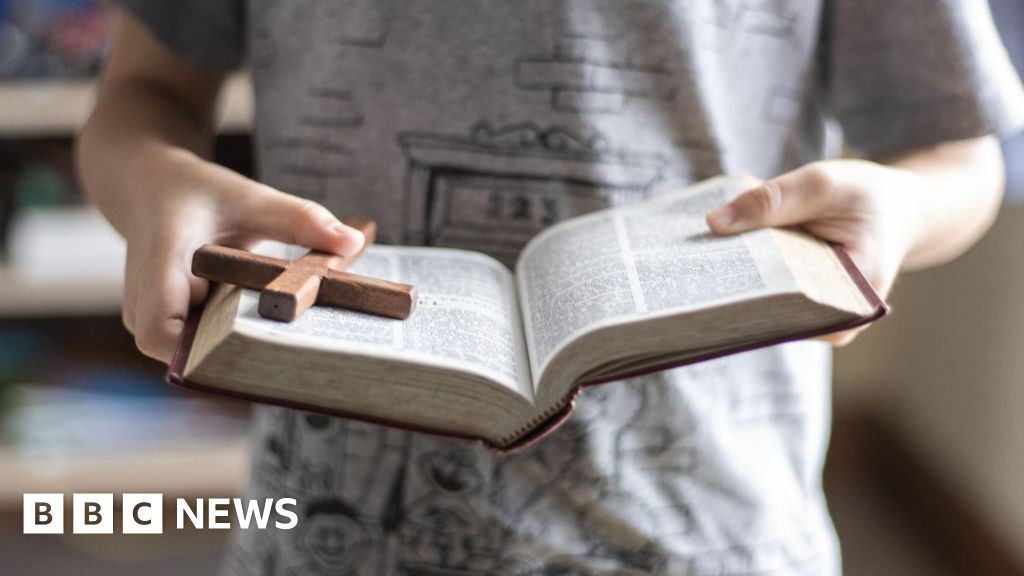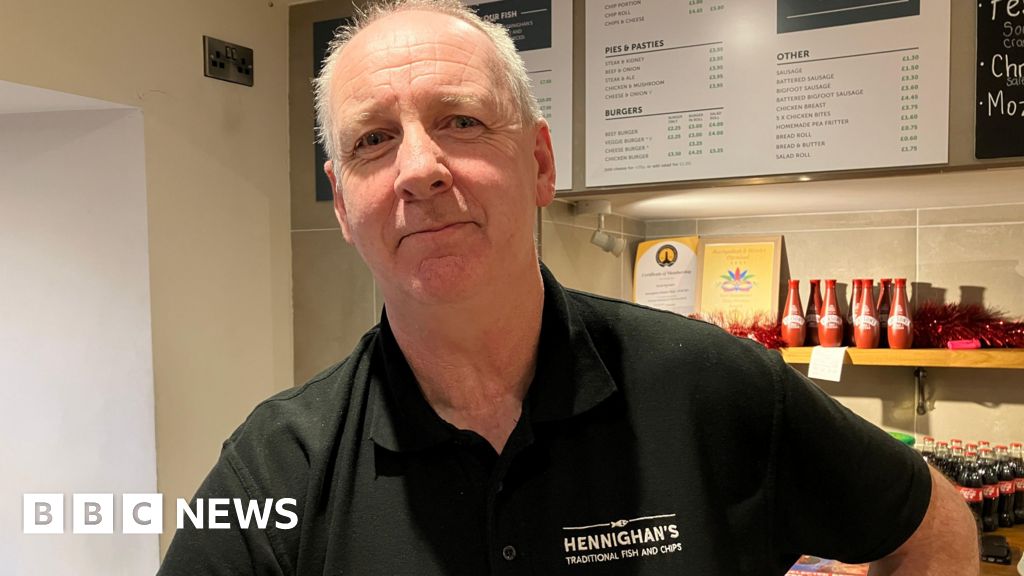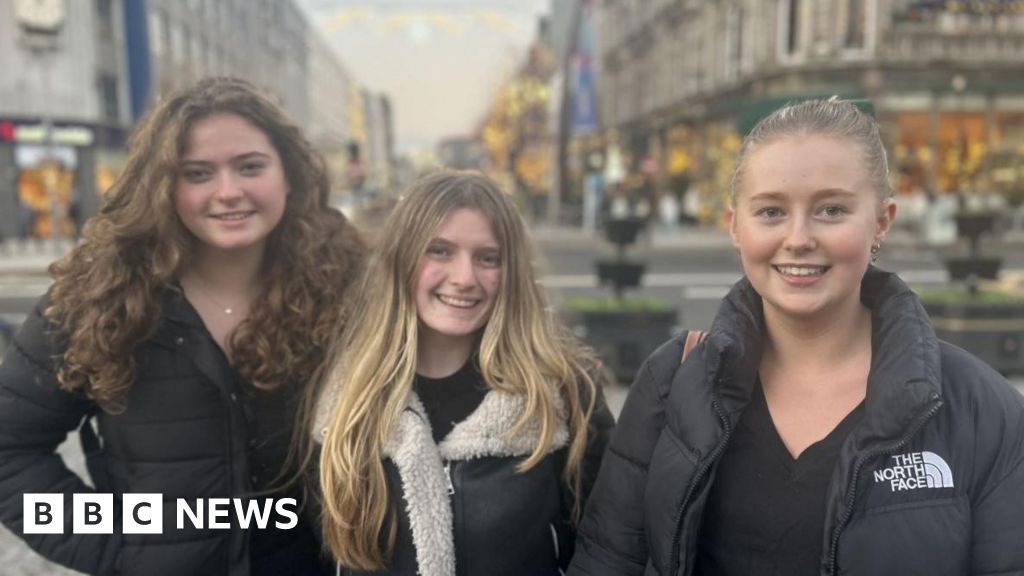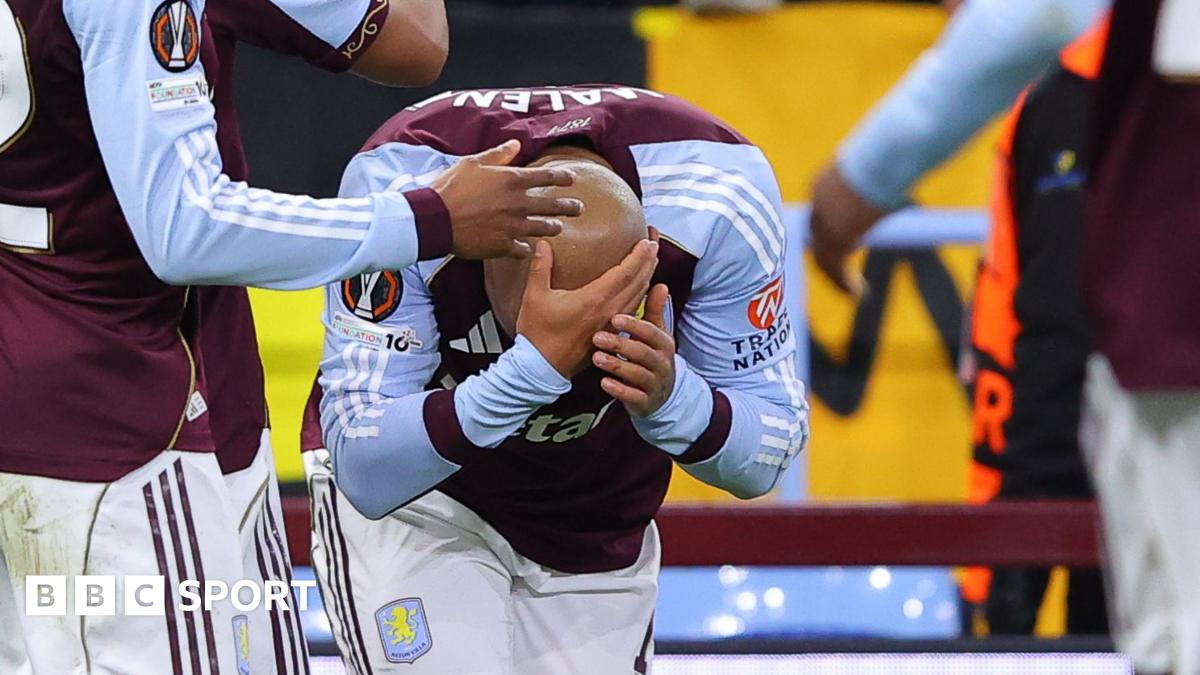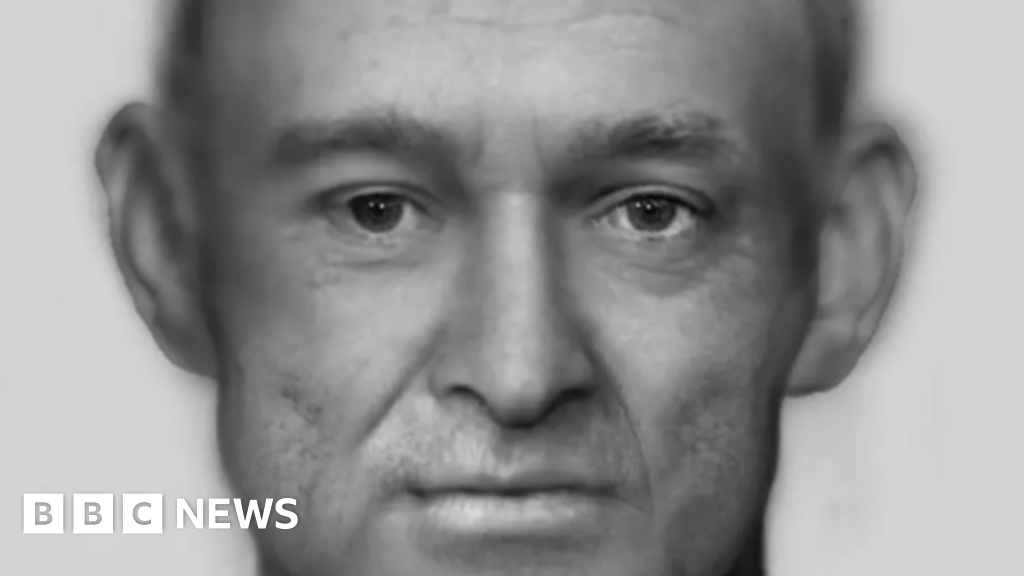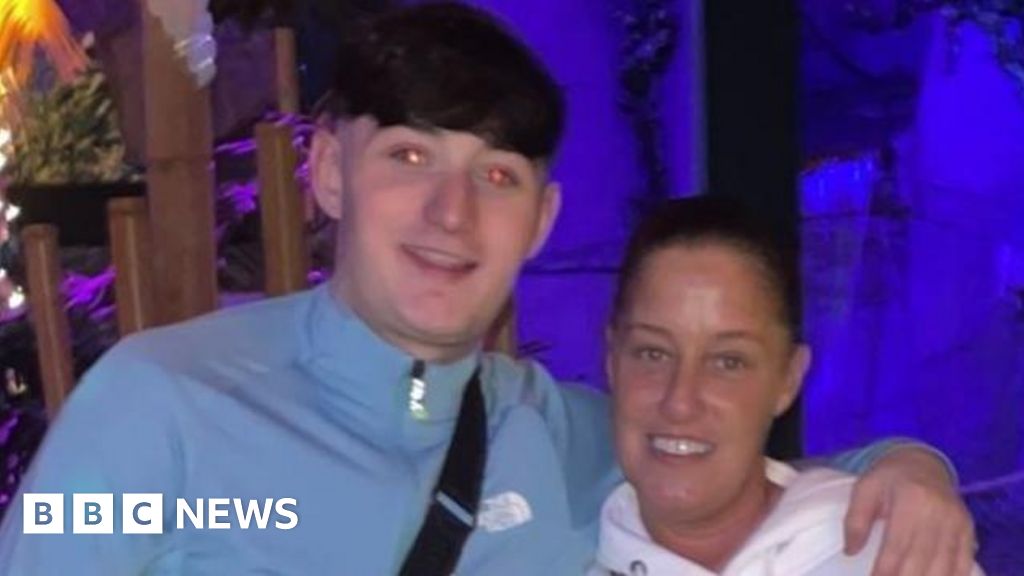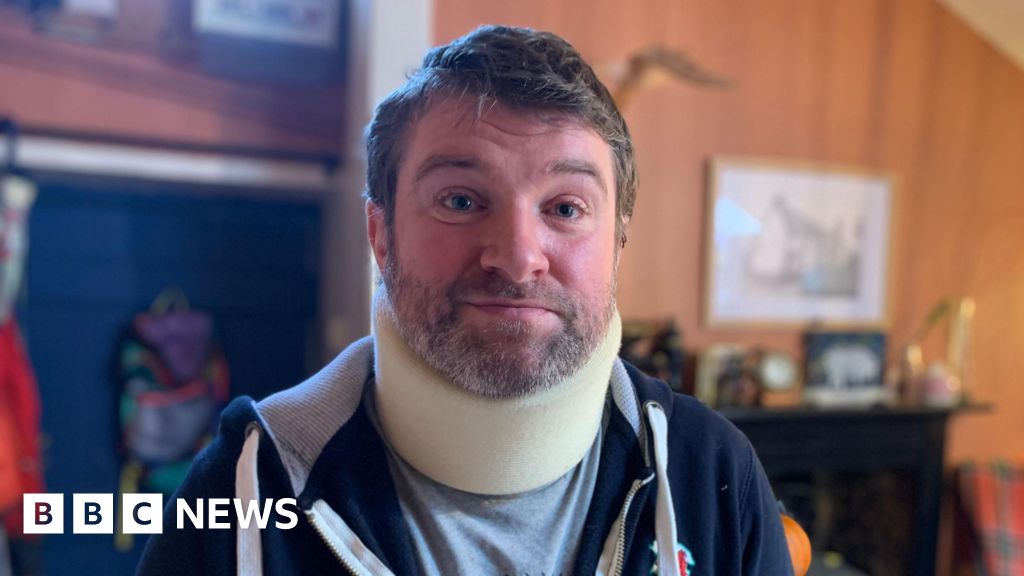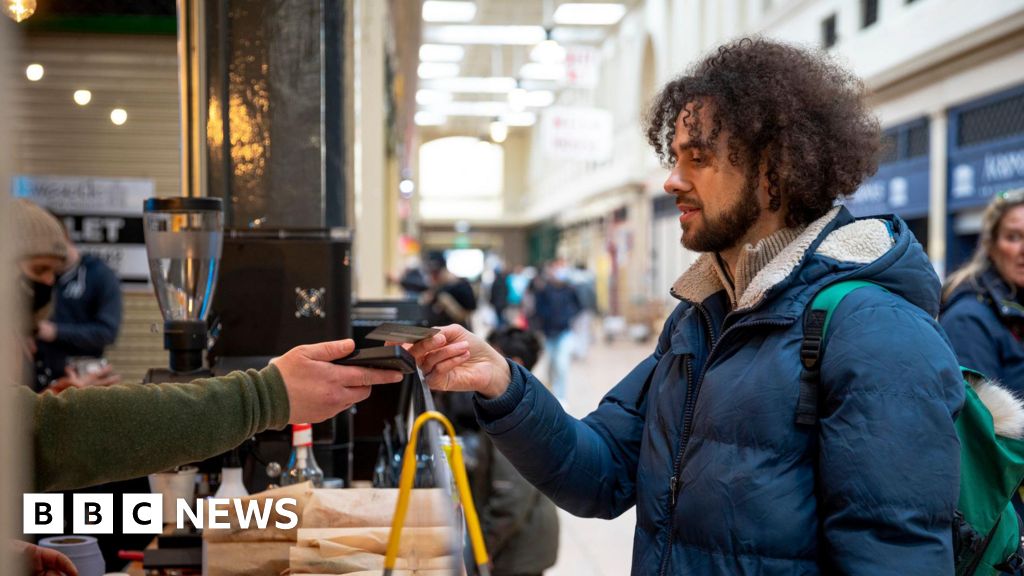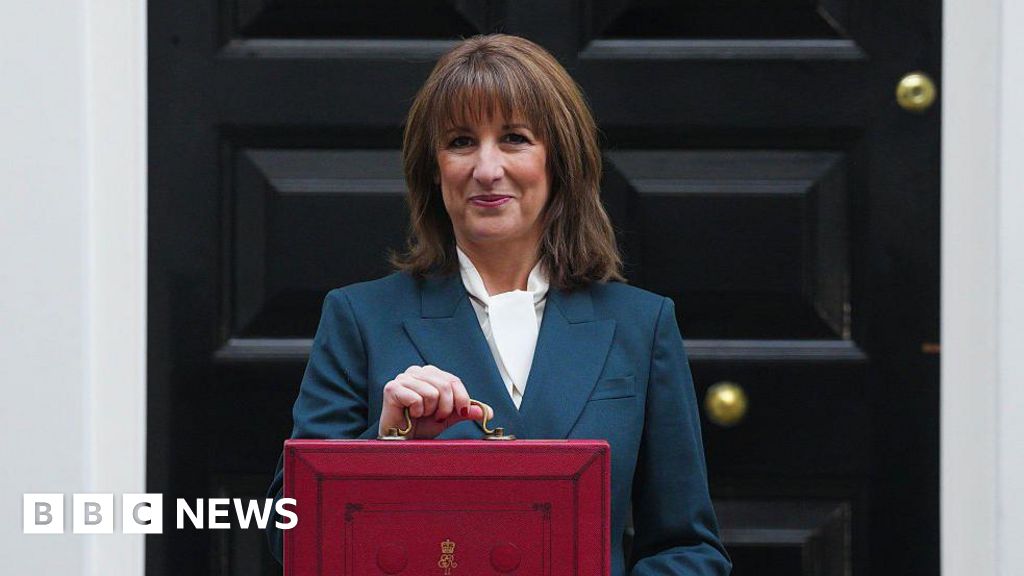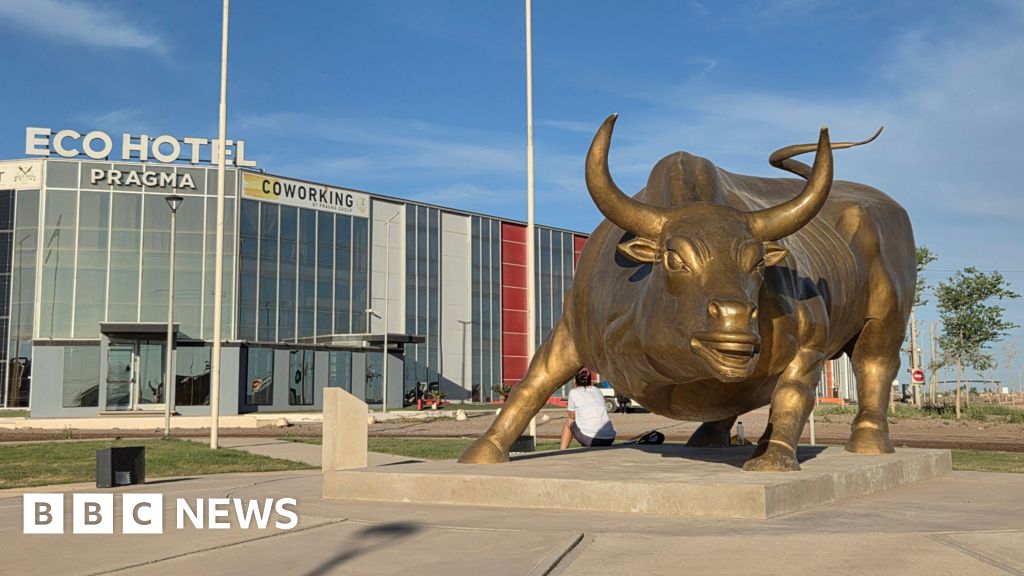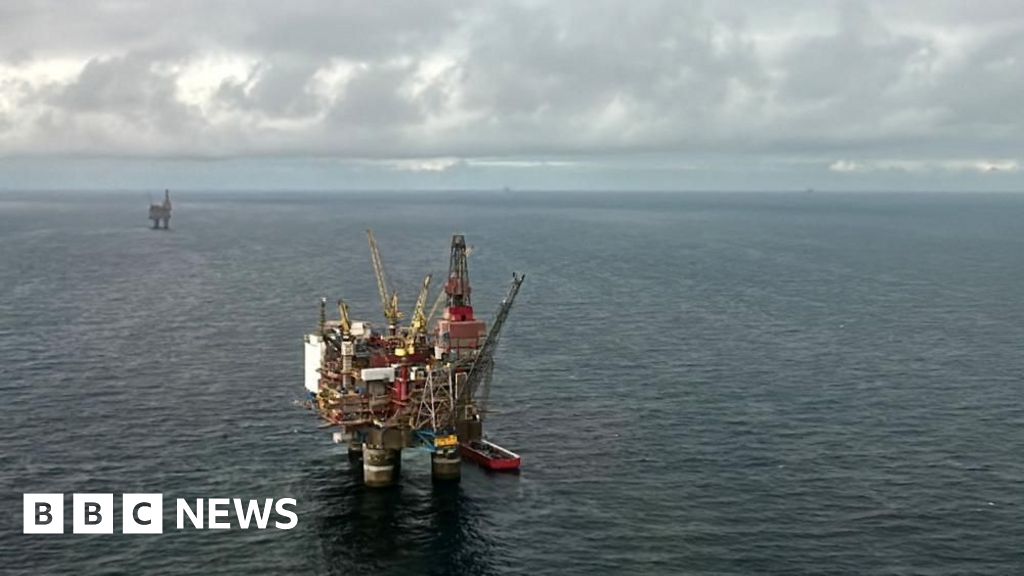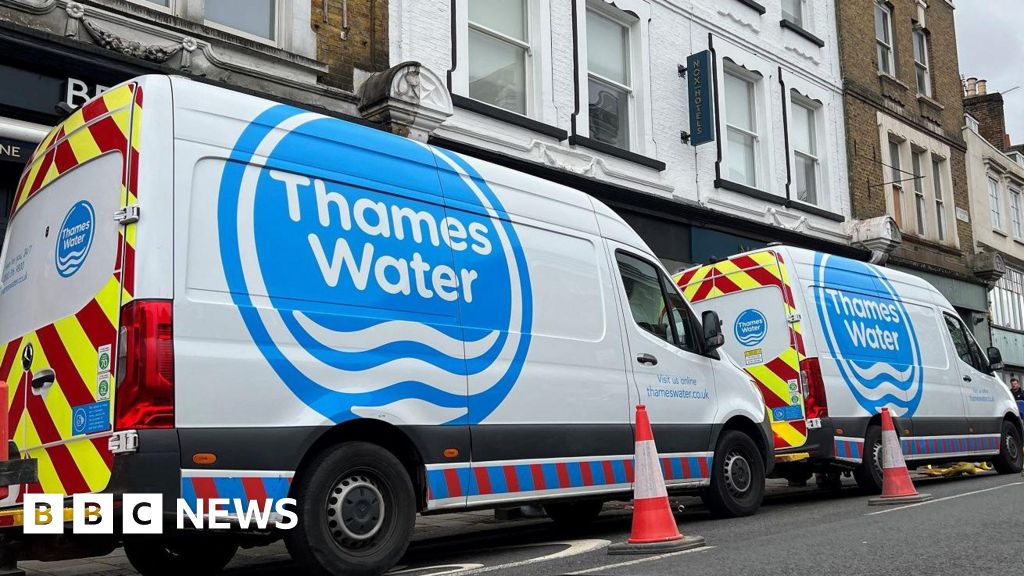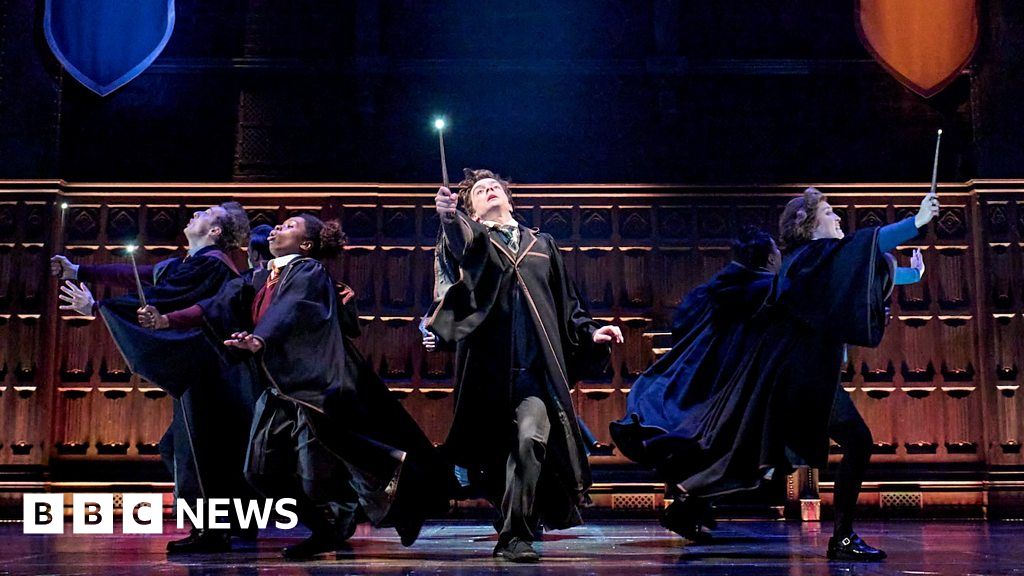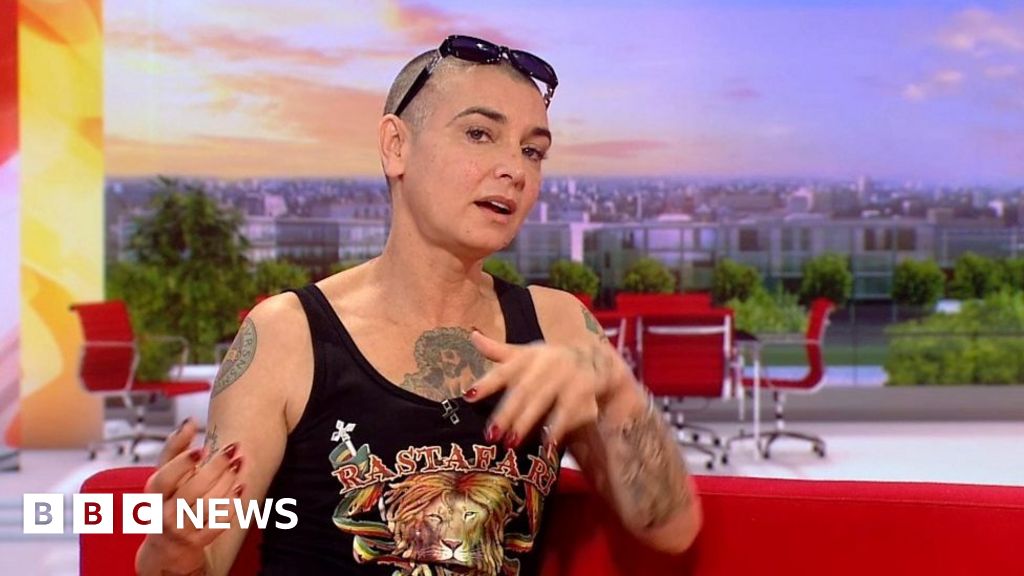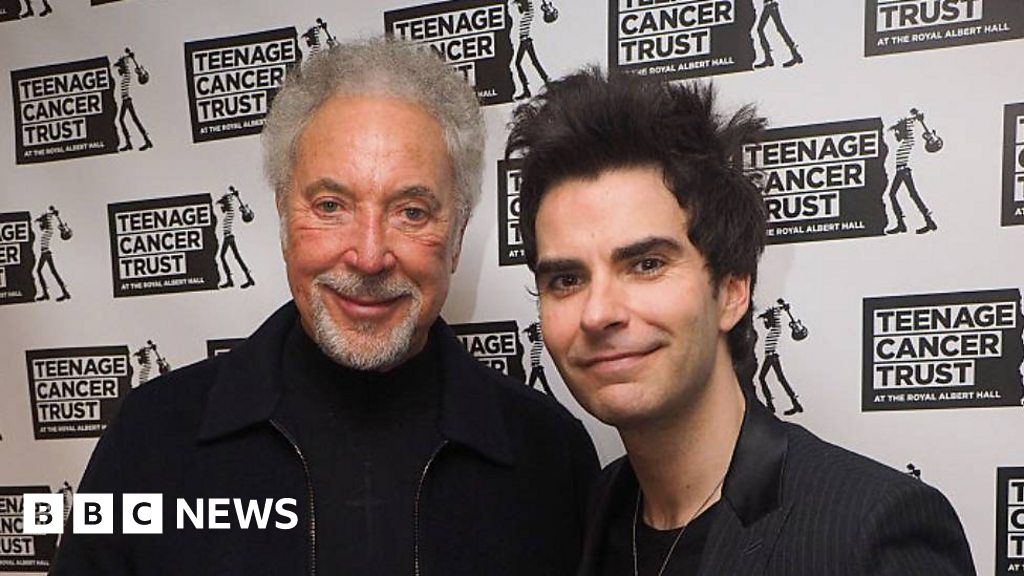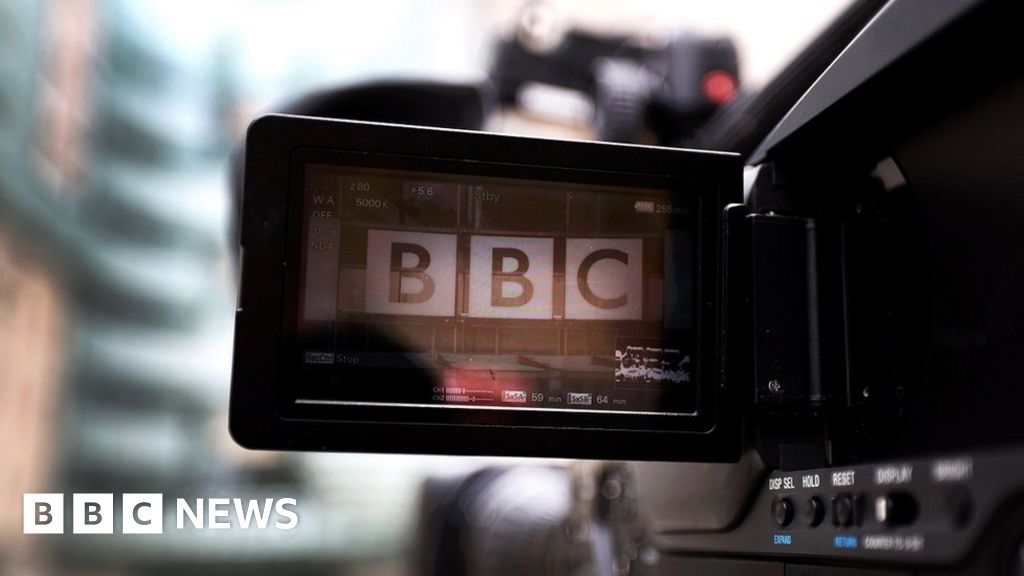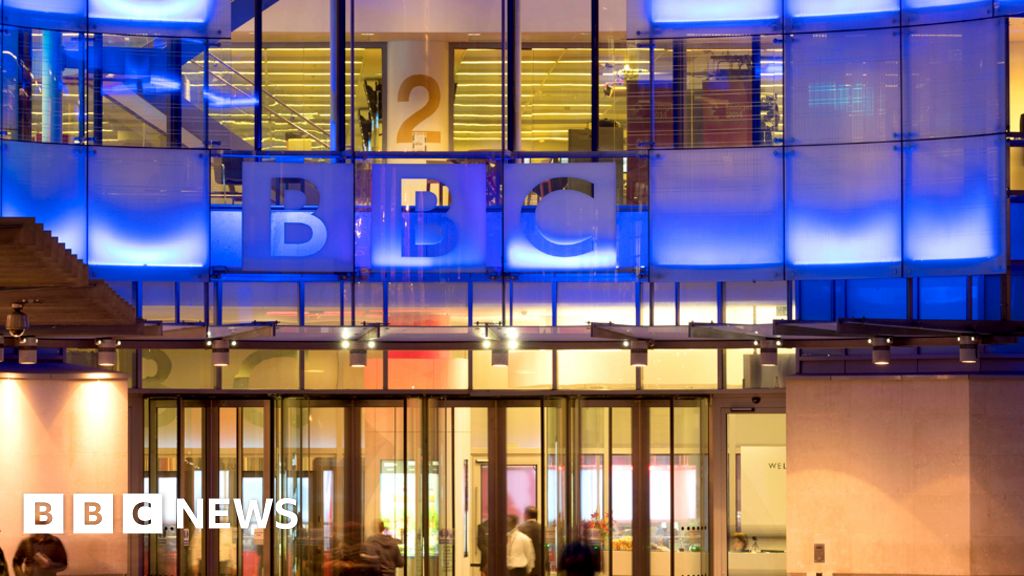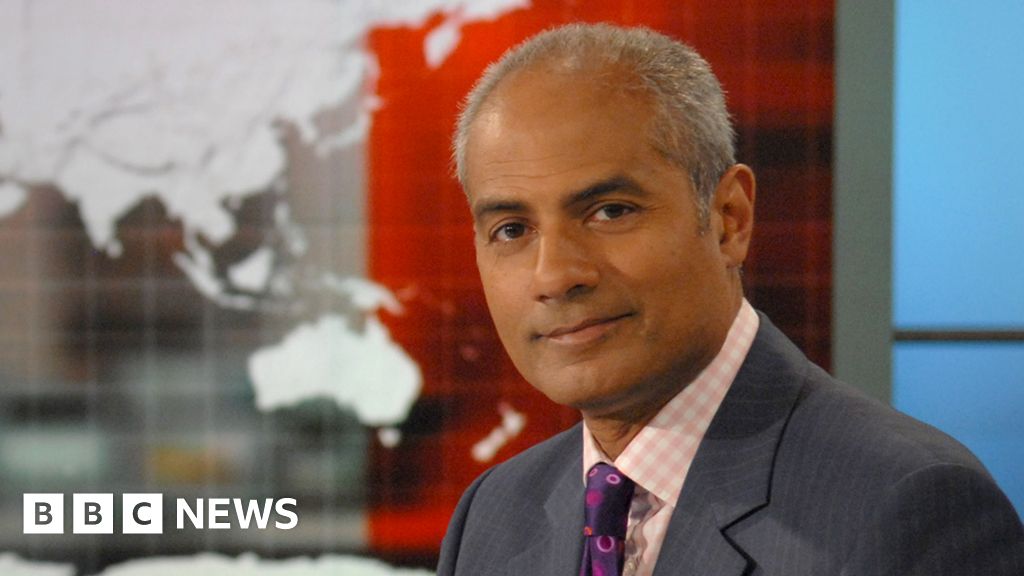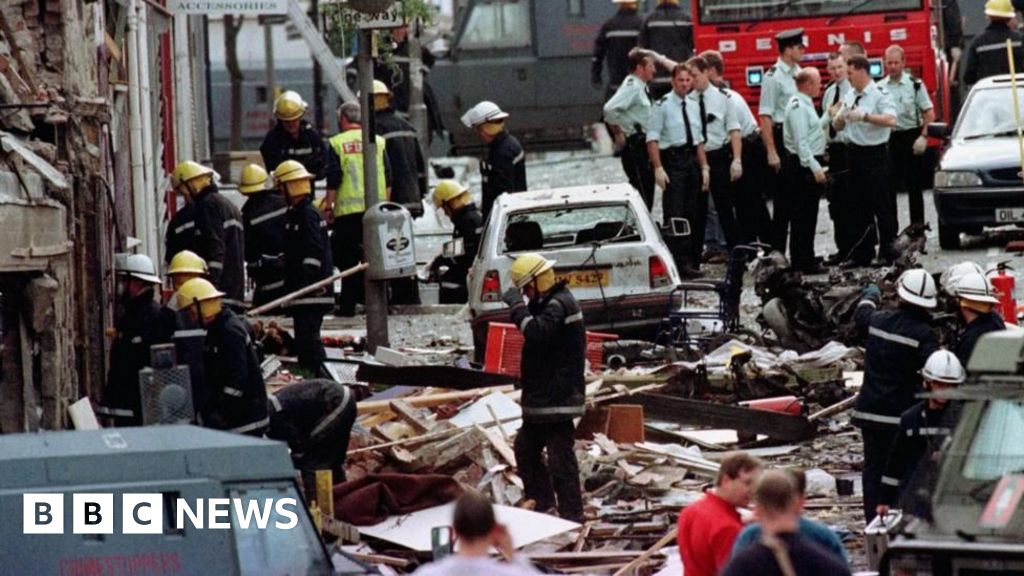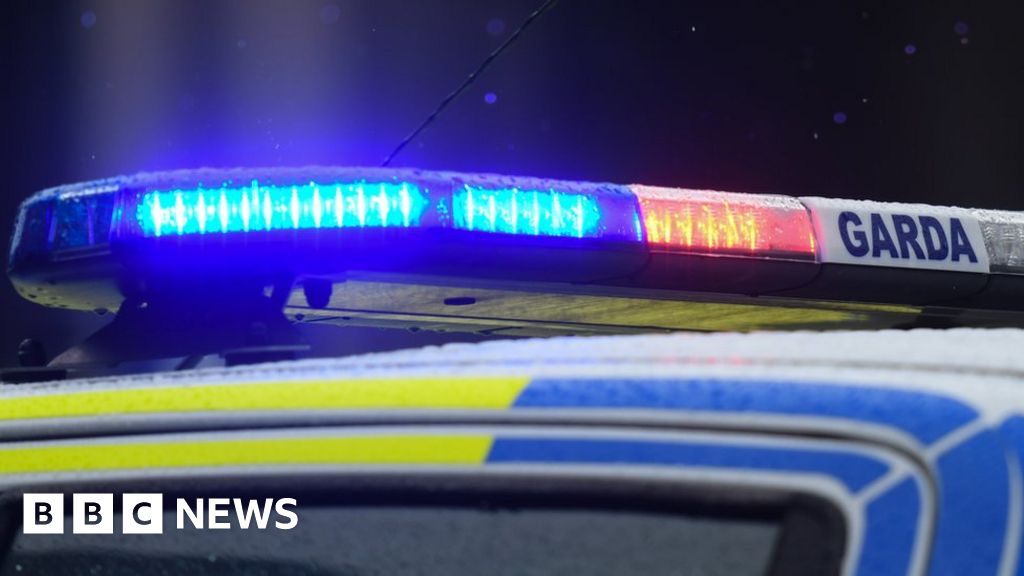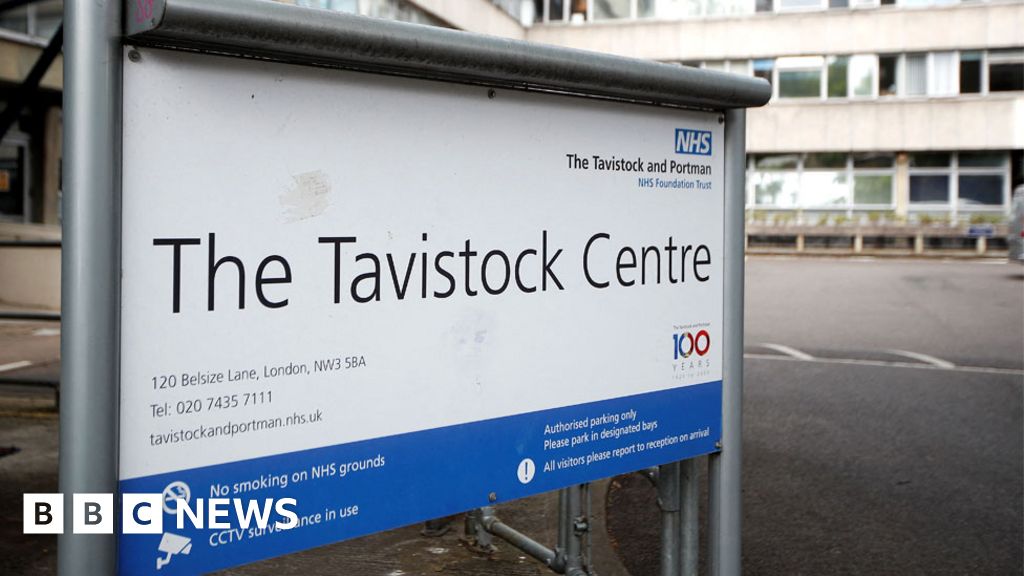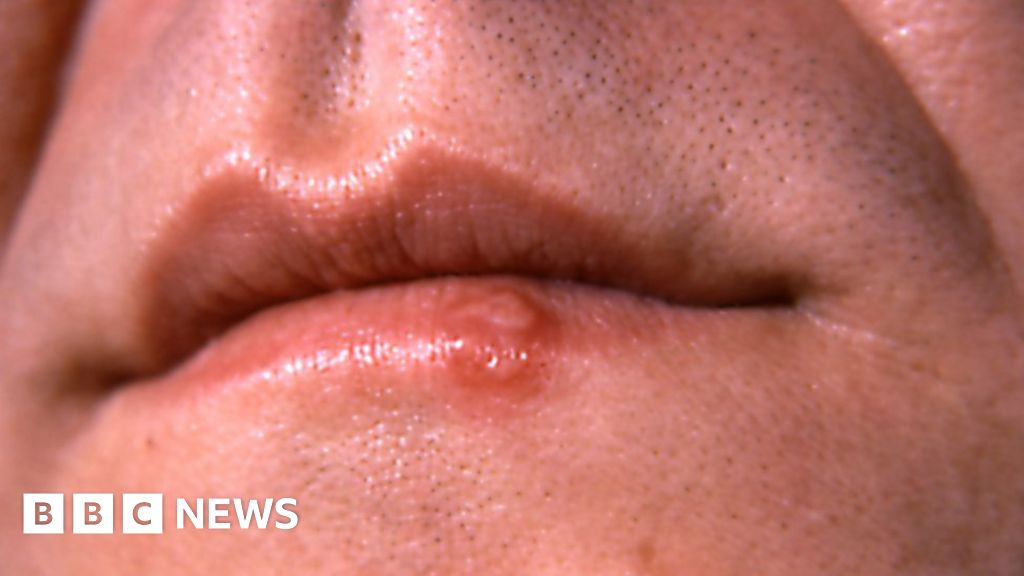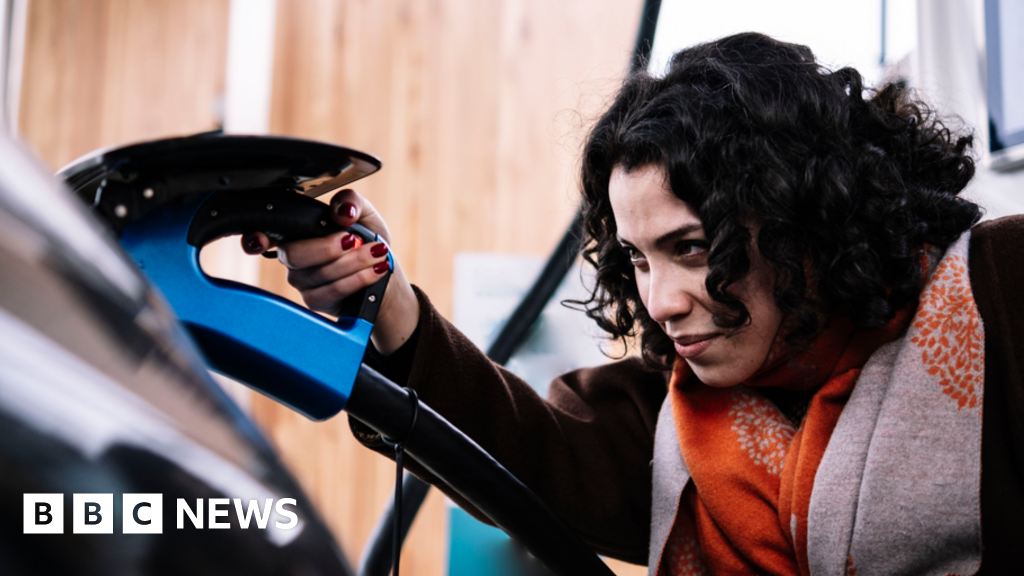BBC News NI south west reporter
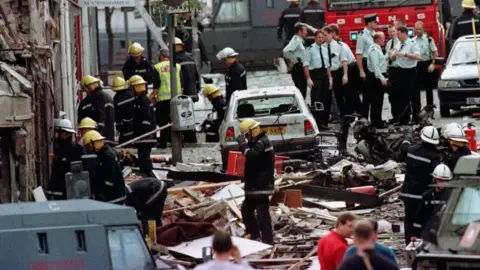 PA Media
PA MediaA woman who emigrated to Australia after being injured in the Omagh bomb said her trust for a peaceful and safe society in Northern Ireland left that day.
Mary McGovern was working in a bakery while studying for a master’s degree and knew several of the people who were killed.
Her evidence was being heard at the inquiry into the 1998 Real IRA bombing, which killed 29 people in the County Tyrone town, including a woman who was pregnant with twins.
She recalled a “ferocious gust of wind” and “unmerciful noise” when the bomb exploded.
‘Lucky to be alive’
Warning: This page contains distressing details
Ms McGovern said she was unsure if it was wood or body parts.
She suffered a leg wound from a lump of metal which she believes was a part of the car that contained the bomb.
She said she was plagued with guilt for surviving.
“People were always kind, but I felt pity from people but also I knew that I was lucky to be alive.
“It is a fine line between sadness and happiness to be alive.”
Despite loving her hometown of Omagh and the people who live there, she said she knew she could never live in Northern Ireland and moved with her family to Australia.
She said it was hard to tell her children how and why her leg was scarred.
“They think it is still incredulous to believe their mummy was in a bomb, very far away from the life we live in Australia.
“I want to acknowledge that I am so lucky to have lived, loved and had a family, while that liberty was taken away for so many.”
‘Never forget it’
Anne Cullen was a taxi driver and said she went to the town centre after the explosion as she had first aid training.
She said she saw the body of a woman lying in the rubble.
“She looked like she was sleeping but I realised she was dead.
“However as she lay there she looked like a princess.”
She also said she found a camera and said she always thought it was used to take photographs just before the bomb went off.
“Omagh was like a war zone that day, I will never forget it.”
‘I knew it was bad’
The Omagh Bombing Inquiry also heard a statement from Helen Kerr who was with her 15-year-old daughter to buy a school uniform for the new term.
They were inside a coffee shop when the car bomb exploded outside, shattering them with glass.
She said the noise of the bomb was tremendous but the screaming “was much worse”.
She was horrified by the sight of people “running, screaming, looking for friends” and bodies lying in the street.
“The sights and sounds still remain with me today and I knew it was bad.”
She said her daughter knew some of the young people who were killed and will not talk about what happened.
In the months after the bombing Ms Kerr said she was jumping at every noise while her daughter suffered from panic attacks and was frightened by everything.
This is the final day of commemorative hearings in the Omagh Bombing Inquiry.
For the past four weeks the inquiry, in the Strule Arts Centre in the town, has been hearing evidence from victims’ families, as well as survivors and those who helped in the aftermath of the atrocity.
It is an independent statutory inquiry which has been asked to consider whether the bomb “could have reasonably been prevented”.
At this phase in the inquiry, those who lost their lives in the bombing have been remembered.
The inquiry has also been hearing from people injured in the atrocity, and members of the emergency services who went to the bomb scene.
These hearings have allowed the Chairman, The Rt Hon Lord Turnbull, to hear directly from those most affected by the bombing, “so he can understand the terrible consequences people suffered because of the bomb”.
What was the Omagh bomb?
The bomb that devastated Omagh town centre in August 1998 was the biggest single atrocity in the history of the Troubles in Northern Ireland.
It came less than three months after the people of Northern Ireland had voted yes to the Good Friday Agreement.
Who carried out the Omagh bombing?
Three days after the attack, the Real IRA released a statement claiming responsibility for the explosion.
It apologised to “civilian” victims and said its targets had been commercial.
Almost 27 years on, no-one has been convicted of carrying out the murders by a criminal court.
In 2009, a judge ruled that four men – Michael McKevitt, Liam Campbell, Colm Murphy and Seamus Daly were all liable for the Omagh bomb.
The four men were ordered to pay a total of £1.6m in damages to the relatives, but appeals against the ruling delayed the compensation process.
A fifth man, Seamus McKenna, was acquitted in the civil action and later died in a roofing accident in 2013.
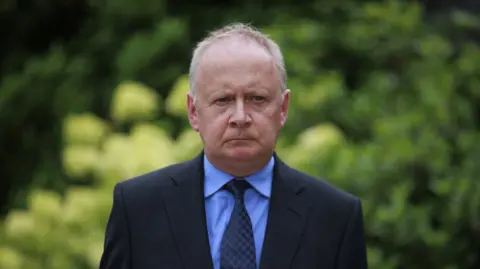 PA Media
PA MediaThe public inquiry
After years of campaigning by relatives, the public inquiry was established to examine if the Real IRA attack could have been prevented by UK authorities.
This phase of the inquiry is continuing to hear powerful individual testimonies from relatives who lost loved ones in the explosion.
The bombers planned and launched the attack from the Republic of Ireland and the Irish government has promised to co-operate with the inquiry.
However, the victims’ relatives wanted the Irish government to order its own separate public inquiry.
Dublin previously indicated there was no new evidence to merit such a move.

